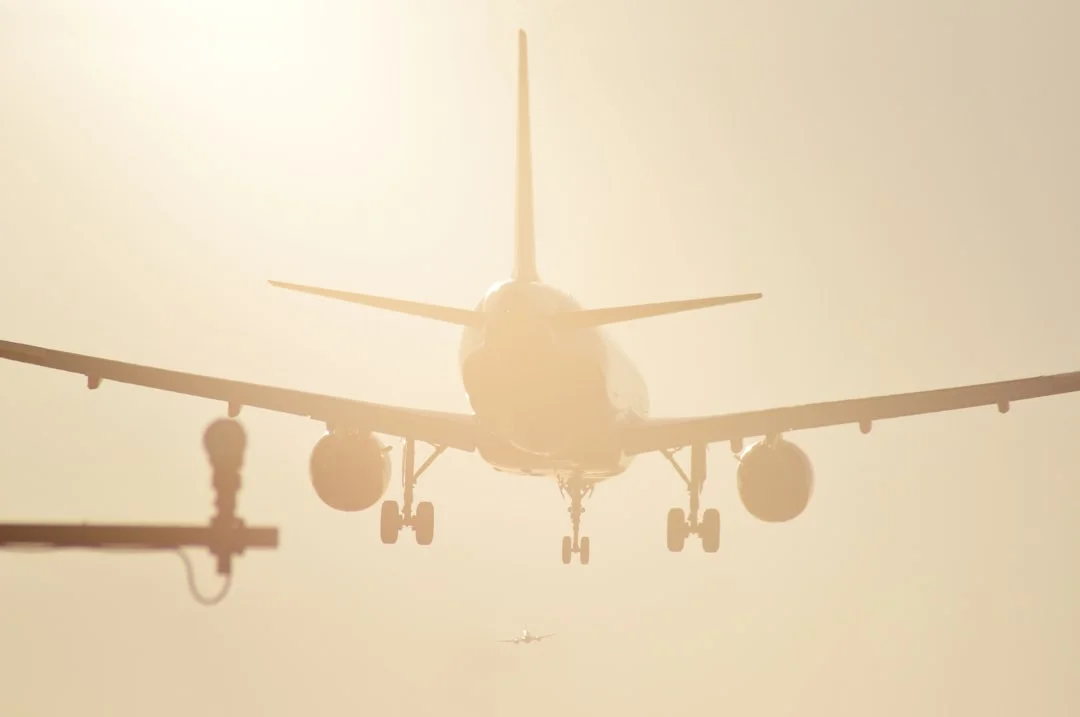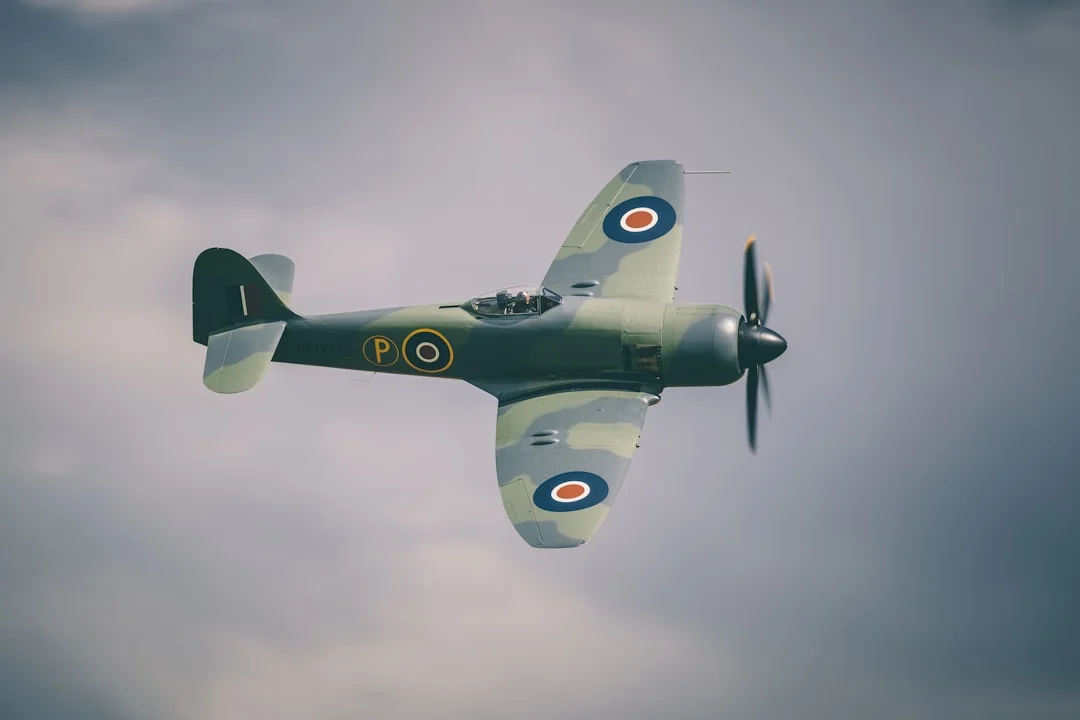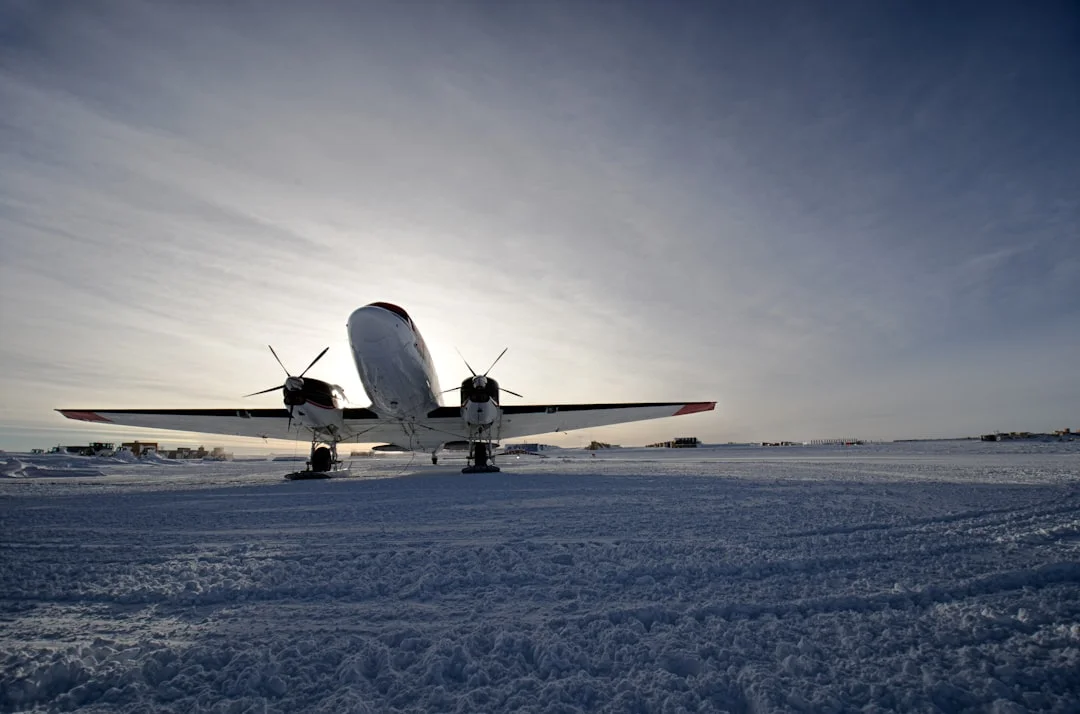The Navigation Display (ND) is an important instrument within the cockpit of the Airbus A330 aircraft. It provides pilots with crucial information about the aircraft’s position, flight path, and navigation aids. The ND, which is a part of the Primary Flight Display (PFD) system, uses data from various navigation sources to display a clear and detailed picture of the aircraft’s surroundings.
The Navigation Display plays a vital role in enhancing situational awareness for the flight crew. It allows them to visualize the location of the aircraft in relation to waypoints, airways, and other significant landmarks. This graphical representation assists pilots in making informed decisions during all phases of flight, from departure to arrival.
Let’s dive deeper into the Navigation Display system and explore its key features, functionalities, and benefits for Airbus A330 pilots.
The Functionality of Navigation Display (ND)
The Navigation Display (ND) presents a wealth of essential information to the flight crew. This includes:
1. Aircraft Position: The ND shows the precise position of the aircraft on a moving map. It provides real-time updates on latitude, longitude, groundspeed, and track. This information helps pilots navigate accurately and maintain the intended flight path.
2. Navigation Aids: The ND displays various navigation aids, such as VOR (VHF Omnidirectional Range) and NDB (Non-Directional Beacon). These aids assist in identifying and tracking waypoints, intersections, and airways. By utilizing this information, pilots can navigate along the designated route with precision.
3. Flight Plan: The ND shows the flight plan programmed by the flight crew. It includes all the waypoints, airways, and procedures for the intended route. Pilots can easily reference the flight plan on the ND to ensure they are following the correct path and adhering to ATC (Air Traffic Control) instructions.
4. Weather Information: The ND can also display weather radar overlay. This feature enables pilots to visualize, in real-time, weather systems, precipitation, and turbulence along their route. Such information helps pilots avoid adverse weather conditions, ensuring a safe and comfortable flight for passengers.
The Benefits of Navigation Display (ND) on Airbus A330
The Navigation Display (ND) on Airbus A330 offers several advantages for pilots:
1. Enhanced Situational Awareness: The ND provides pilots with a clear overview of the aircraft’s position relative to its surroundings. This enhances situational awareness, enabling pilots to make informed decisions and respond effectively to changes in the flight environment.
2. Improved Navigation Accuracy: With accurate position updates and the availability of various navigation aids, pilots can navigate with greater precision. The ND helps minimize navigation errors and ensures the aircraft remains on the intended flight path at all times.
3. Efficient Flight Planning: Pilots can easily program the flight plan into the ND, simplifying the planning process. By having the flight plan readily available on the display, pilots can quickly reference it, saving time and improving workflow in the cockpit.
4. Weather Avoidance: The weather radar overlay on the ND allows pilots to identify and avoid dangerous weather conditions. This enhances the safety of the flight by ensuring a smooth journey and minimizing the potential for turbulence, lightning, or severe weather-related hazards.
Conclusion
The Navigation Display (ND) is a vital instrument on the Airbus A330 aircraft, providing pilots with critical information to ensure safe and efficient navigation. By presenting real-time data on the aircraft’s position, flight path, and navigation aids, the ND enhances situational awareness and enables pilots to make informed decisions. With its functionalities and benefits, the Navigation Display plays a key role in ensuring a smooth and secure flight for passengers onboard the Airbus A330.
For More: What is EFIS on Airbus A330? (Electronic Flight Instrument System)




